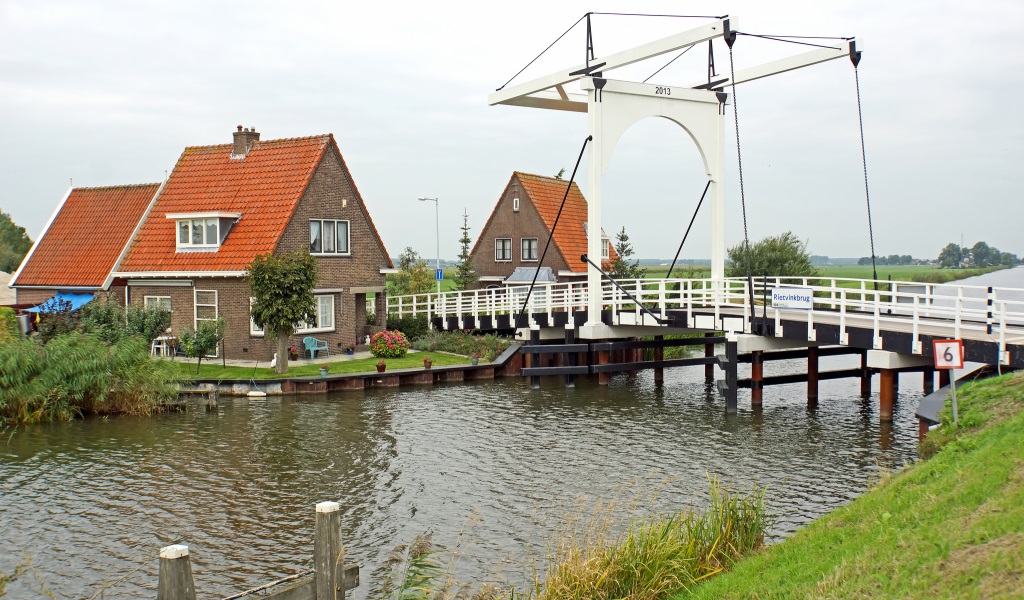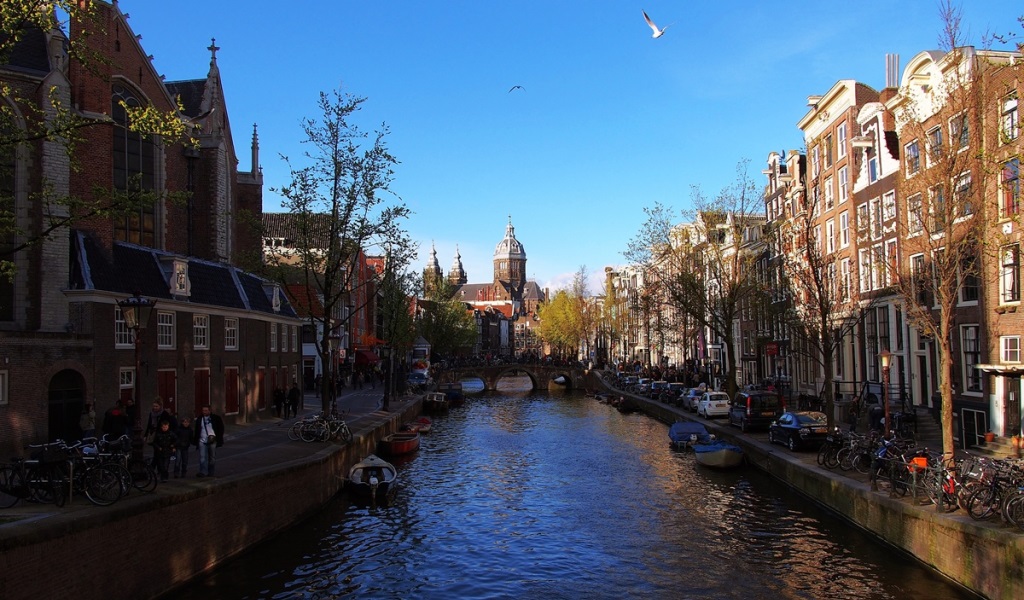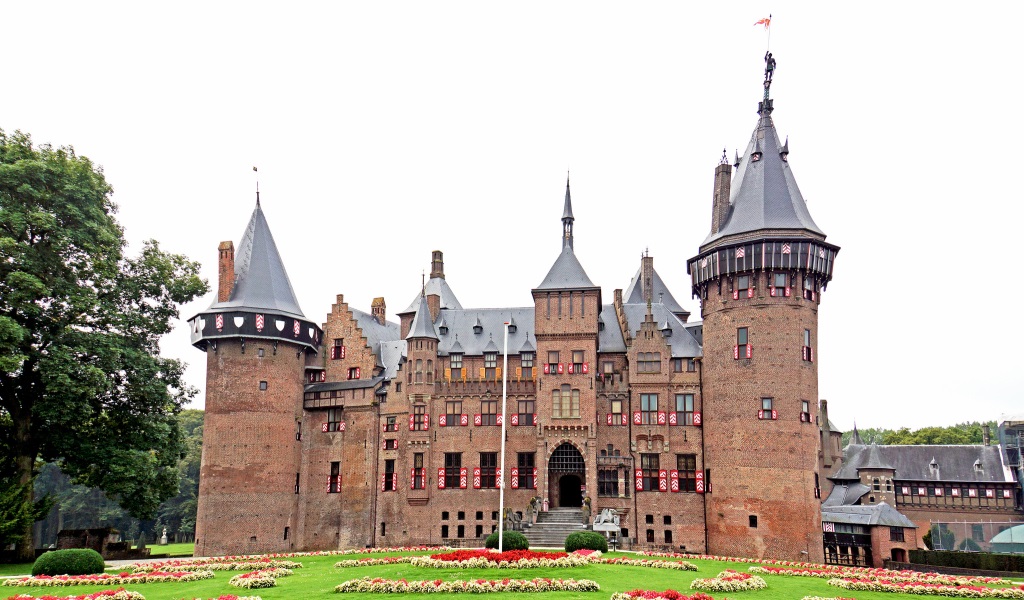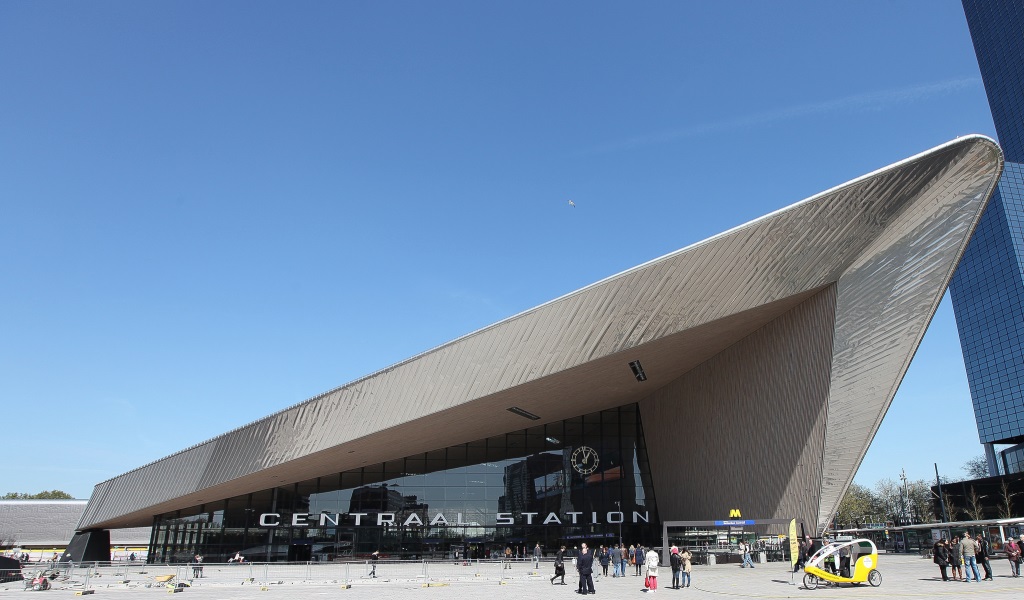The Netherlands is a small country of just under 16,000 square miles (41,500 square kilometres) with a population of 18 million people. Within its boundaries (which keep expanding as the Dutch battle incessantly with the sea to reclaim land) are some of the most fascinating sights: peaceful farmlands, woodlands, flat polders and miles of canals, picturesque villages and old fishing ports, medieval castles and bustling modern cities. And, of course, the windmills, dikes, wooden shoes and tulips that have become Hollands international symbols. It is a paradise for those who love historic cities and old painters like Rembrandt, Vermeer, Frans Hals, Van Gogh, etc. The Netherlands ranks among the richest countries in the world. Its history has been preserved in monuments of all kinds. For more than 200 years, The Netherlands is a constitutional monarchy with a parliamentary system. It is a country where everyone enjoys a great level of freedom. For historical reasons the government and parliament are in The Hague, although Amsterdam is in fact the capital and the largest city and Rotterdam is the second largest city with the biggest port of Europe. The Netherlands has a coalition government. King Willem-Alexander is the head of state. The Netherlands is an open, straightforward, tolerant, democratic and densely populated, multicultural country in Western Europe with a prosperous and stable economy and full of friendly people who mostly like to be as normal as possible. The Dutch are seen as informal and approachable (most of them speak English), as accessible as their flat homeland. One of the characteristics of Dutch society is its strongly egalitarian and liberal character.
The Netherlands has a typical maritime climate, with cool winters and mild summers, so any time is a good time to visit. Wind rates increase when you get closer to the sea, and generally, the wind comes from the south-west. In June and July, the highest temperatures occur, with an average daily maximum of 22 degrees Celsius in Rotterdam, but higher for the more inland regions. During the period of December to February, the temperatures are at their lowest, with an average daily maximum around the freezing point.
Rotterdam is the second largest city in the Netherlands, the largest port in Europe, and the fourth largest port in the world. The population of the city was 617,693 in 2013 and its metropolitan population is approximately 1.3 million. Rotterdam is known for its university (Erasmus University Rotterdam), cutting-edge architecture, lively cultural life, striking riverside setting, and maritime heritage. Rotterdam is a city of many faces: a tough port city, a trendy nightlife city, a sophisticated shopping city, and a hip artistic city. Above all, Rotterdam is the architecture city of Holland that stimulates innovation. Its skyline is always changing. There are many things to do amid Rotterdam’s skyscrapers. You can go on a shopping spree, enjoy some excellent food, and visit a range of museums and attractions in and around the city center.






